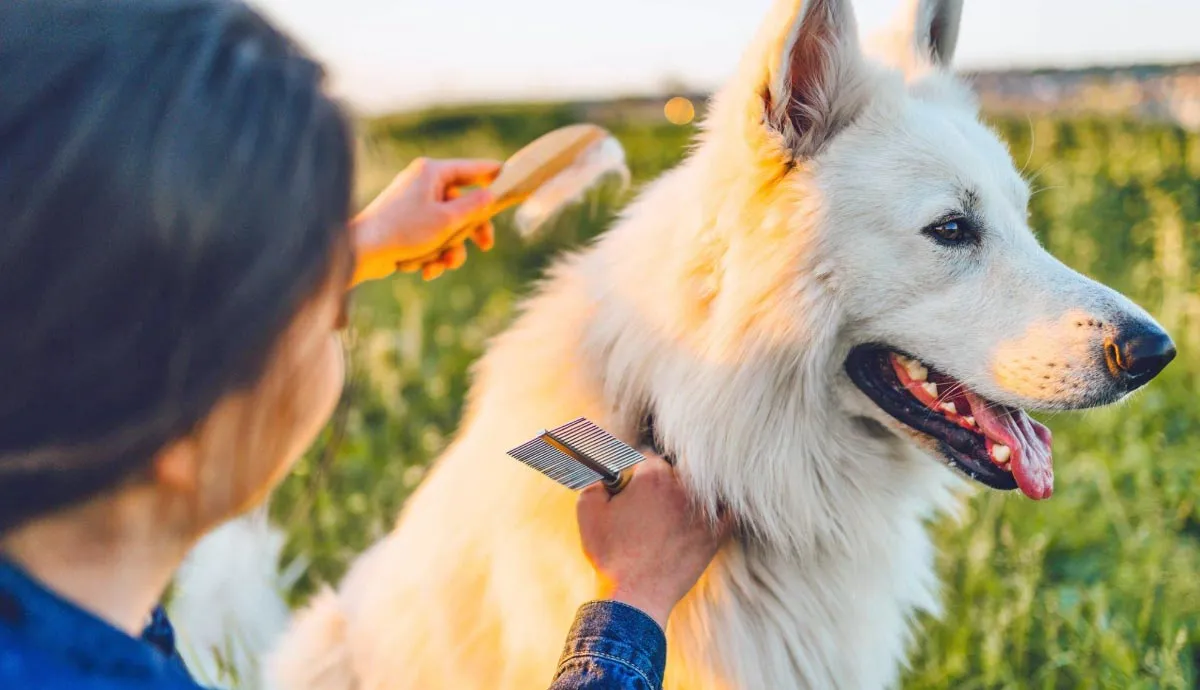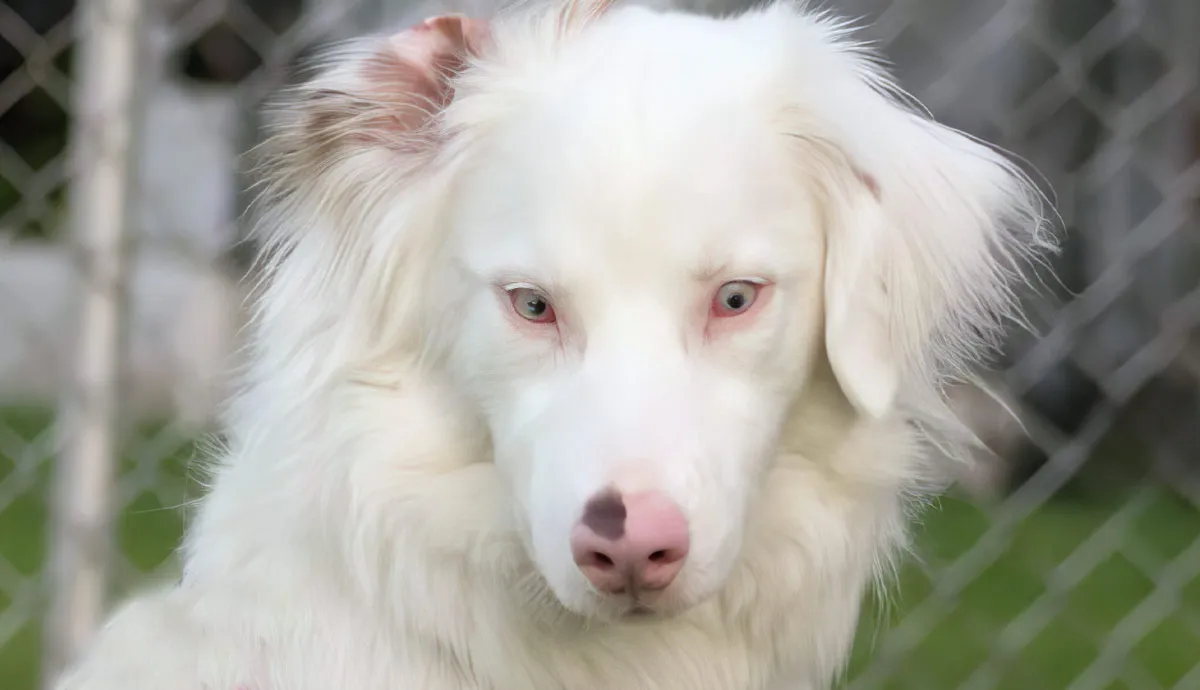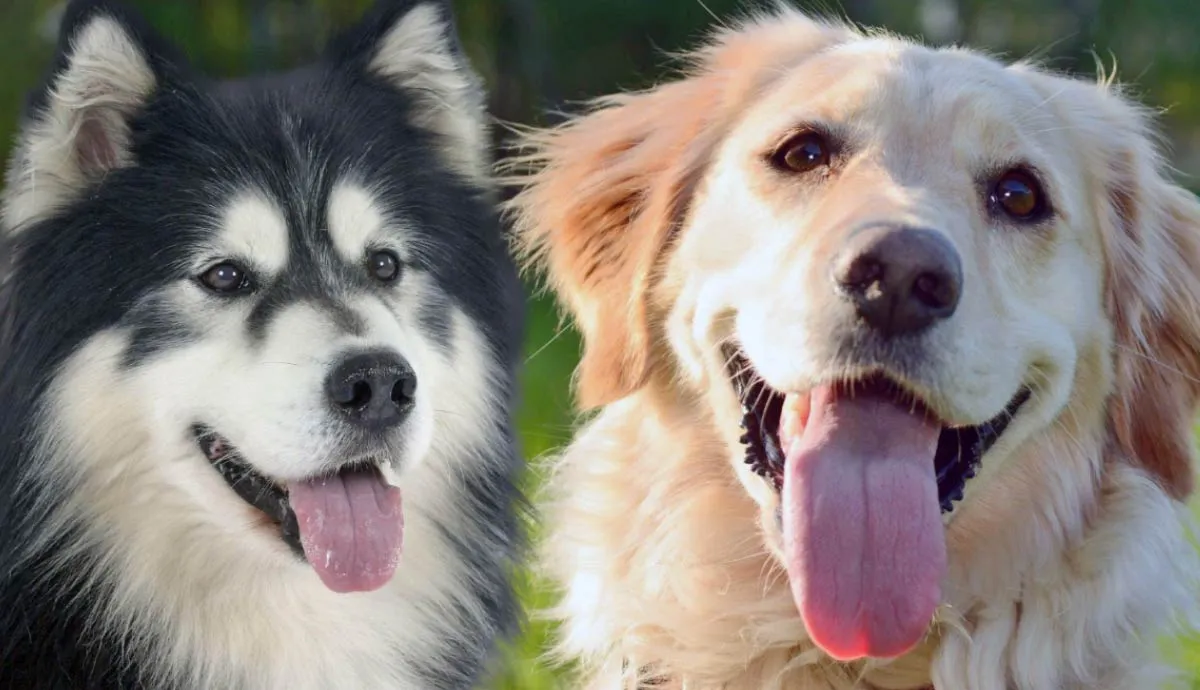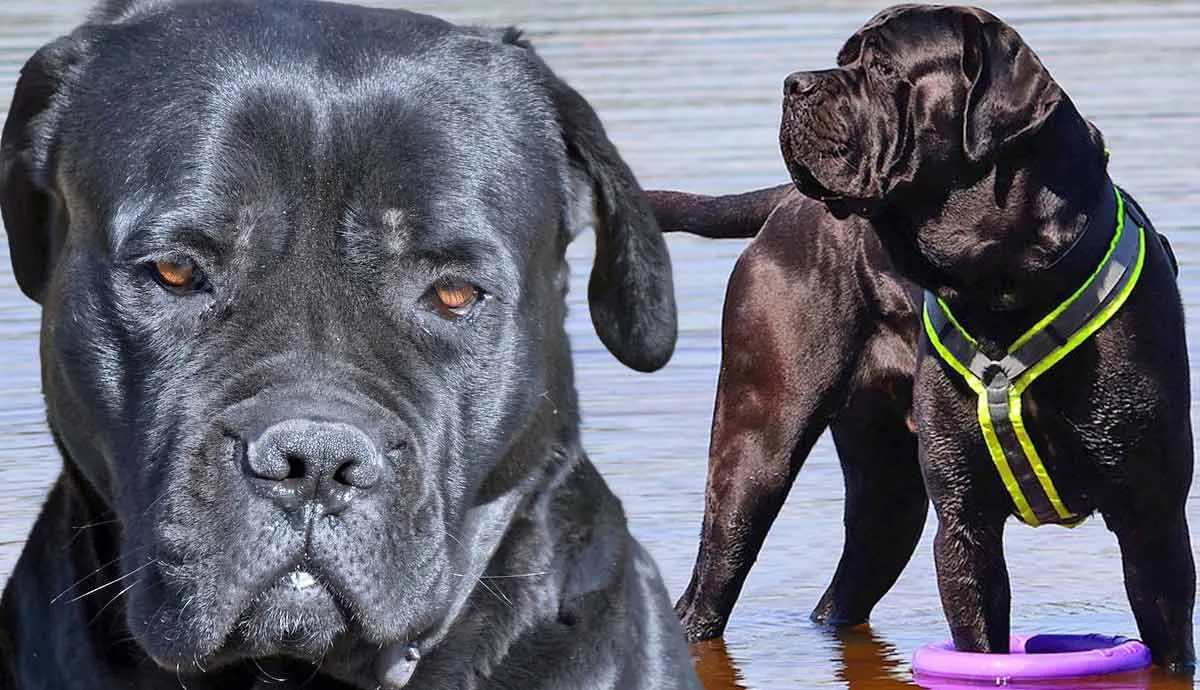The Shetland Sheepdog, or Sheltie, is a beautiful dog breed with a long, luscious coat. They have harsh, straight fur with a dense undercoat underneath that comes in a variety of gorgeous colors.
Shetland Sheepdogs can be sable, black, blue merle, and white, with many variations between them. Read on to learn more about the many coat colors of Shelties.
How Is Coat Color Determined in Shetland Sheepdogs?

Dogs have 39 pairs of chromosomes that make up their DNA. In these chromosomes, there are thousands of genes that create the qualities that make your dog unique. Each gene has a pair of alleles. Each allele comes from each parent. One allele is dominant and determines the traits.
Phaeomelanin is red pigmentation. Eumelanin is the black pigmentation. These two basic pigments make up all of the different dog coat colors. The more melanin present in a hair follicle, the darker the color. The coloration is not always even. Sometimes more melanin is present at the base of the follicle, which results in graduated coat colors. The pattern of dog coat colors is also determined by the genes.
The two pigments account for every coat color type based on how other genes control the intensity of color. Phaeomelanin creates colors like red, orange, cream, gold, yellow, and tan. Eumelanin creates colors like liver, blue, and Isabella.
Genes can also tell cells to make no pigment, which creates white dog coats.
Sable
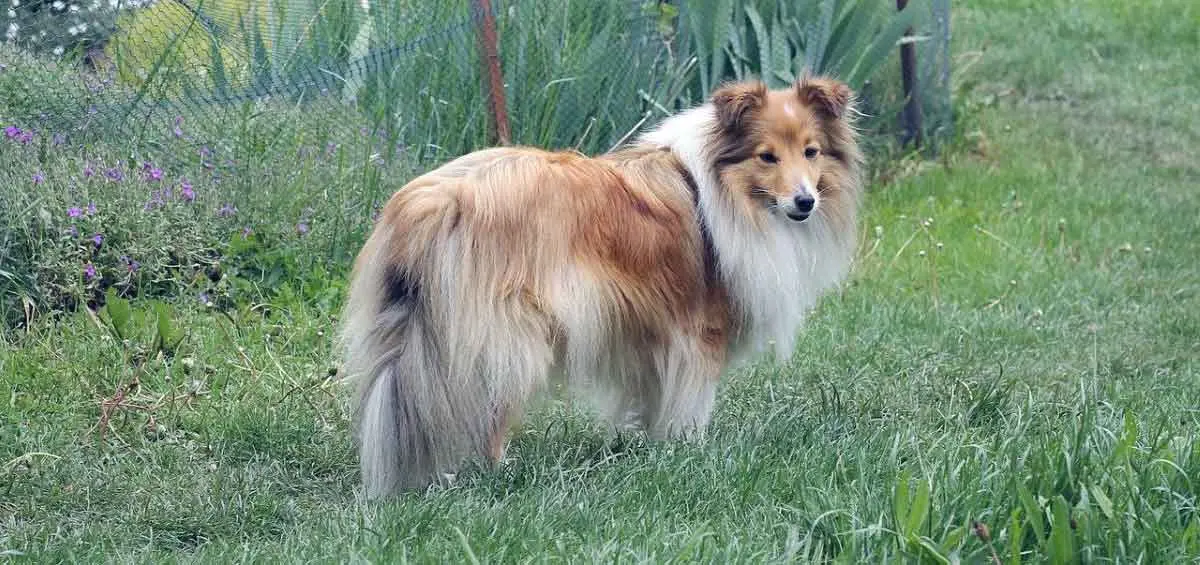
Sable Shetland Sheepdogs have a rich color ranging from gold to mahogany accompanied by varying amounts of black or black-tipped hairs on their coats. They typically have white fur around their neck and chest. They also have some white on their legs and toes. This is the most common coat color for Shelties.
On a DNA level, two differences occur to create the sable color pattern. The Agouti protein controls how much melanin is released into the hair and determines the switch between eumelanin and phaeomelanin to create dog coat patterns. In sable Shetland Sheepdogs, the amino acid alanine is replaced with serine (A8S2). Also, the amino acid arginine is replaced with histidine (R83H).
Pure sable sheepdogs are born with gray fur that turns to an intense gold or tan color as they mature. This coloration is the same as the iconic Lassie and is the most iconic Sheltie coat color.
Blue

The merle (M) allele is a semi-dominant gene. This means that it only takes one copy of the merle allele to produce a merle coat. The merle allele takes the eumelanin and dilutes it into a shade of gray or blue. There are two major types of Blue Shelties.
Blue merle Shelties will have gray, tan, and white double coats. This is usually caused when the dog has at least one tri-color patterned parent. Bi-Blue Shelties have no tan colors. They are only gray and white. Blue Shelties have a higher chance of having blue eyes, as well.
Two dogs with a blue merle allele will have a 25% chance of producing a double merle. A double merle Sheltie will have an all-white coat. The blue merle allele is actually a gene mutation, which can have positive results, like beautiful coats and blue eyes. But it can also cause negative results.
Double merles frequently suffer from serious health issues such as vision and hearing issues. Even dogs with a single merle allele are at a higher risk of having hearing difficulties.
Black

A black Sheltie has a predominantly black coat color. There are two major classifications: the bi-black and tri-colored. A bi-black Sheltie, according to breed standards, should not exceed 50 percent white fur. They should be black and white only. The white should be on the neck, chest, and leg.
A tri-colored Sheltie will have black, white, and tan fur. The white should still appear on the chest and legs. The tan coloration is generally located on the cheeks, throat, ears, eyes, legs, and under the tail. The rest of the coat is black.
The bi-black pattern is the result of recessive genes. So, to produce this color pattern, you need two dogs with a hidden black gene. The tri-color gene is the most dominant trait. Two tri-color Shelties can produce a wide range of colors in a single litter.
White Factored

White factored Shelties have a predominantly white body with white stifle running up their back legs and connecting to their white belly. They also have sable, black, and blue merle on their backs and sides. This gene can also produce blue eyes in Shelties, which is a desirable trait for many breeders.
Two white factored Shelties have a one in four chance of producing a color-headed white Sheltie. This is a rare coat pattern. These Shelties are not allowed in shows, but they are generally healthy and beautiful dogs.
Unlike double merle dogs that create all-white Shelties with health issues, the color-headed white Sheltie has white all over their bodies with heads that are colored. These dogs are less likely to suffer from hearing and vision issues.
What Other Dog Breeds Come in These Colors?

Shelties aren’t the only dogs that come in the colors listed. For example:
- Most German Shepherds sport a sable coat––although they can also come in white.
- Dalmatians are among the most iconic black and white dog breeds. Yet, some French Bulldogs and Great Danes (called harlequin Great Danes) are black and white, too.
- Australian Shepherds can sport the white factored appearance.
- Want a blue dog? Then the Kerry Blue Terrier might be just the companion.
Collies share many of the same coat colors that Shetland Sheepdogs do. But make no mistake: they are not the same dog! Shelties are much smaller than Collies.
All Shelties Are Beautiful

Coat colors and patterns in Shetland Sheepdogs are complex. These beautiful dogs can come in a variety of beautiful colors based on the combination of genes they inherit from their parents. The sable, blue, black, and white double coats of these majestic dogs are only one reason to love them. These Scottish highland dogs make great pets and companions.

